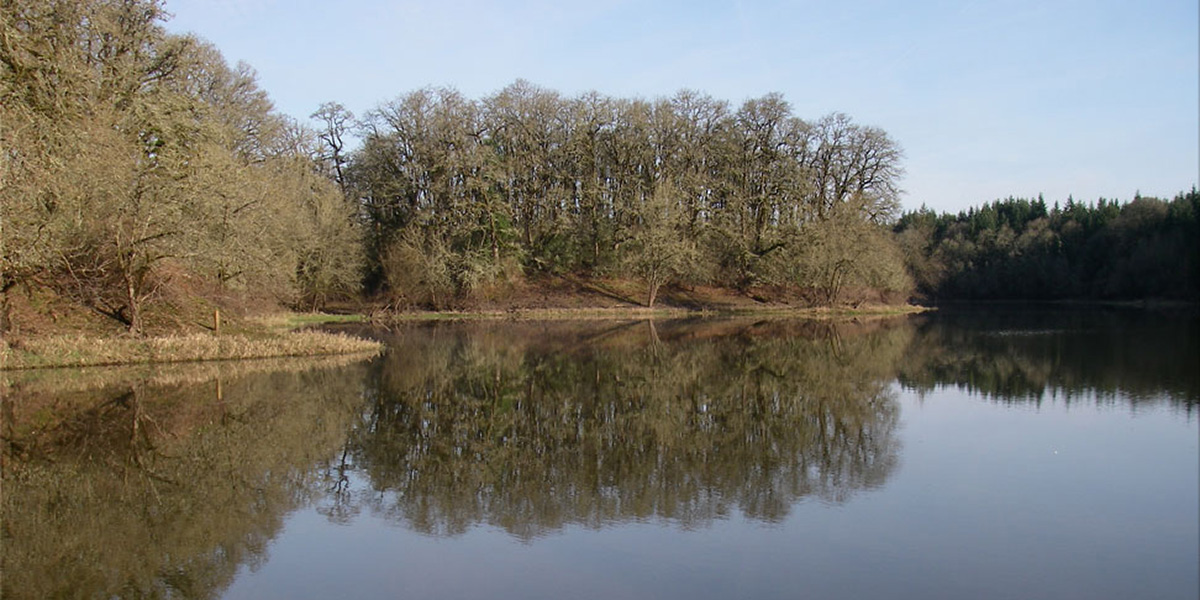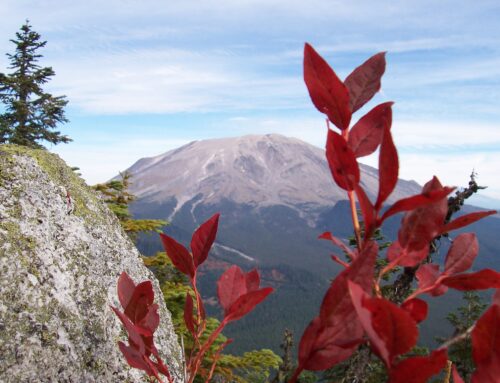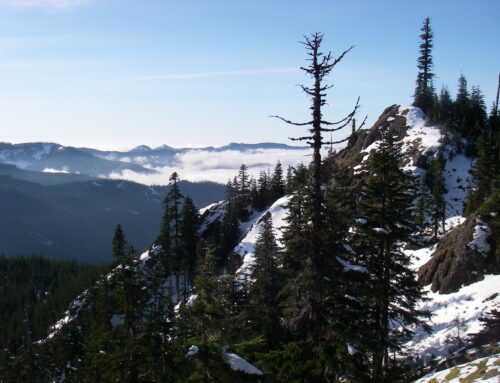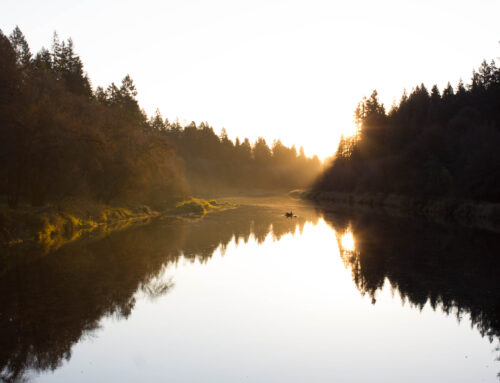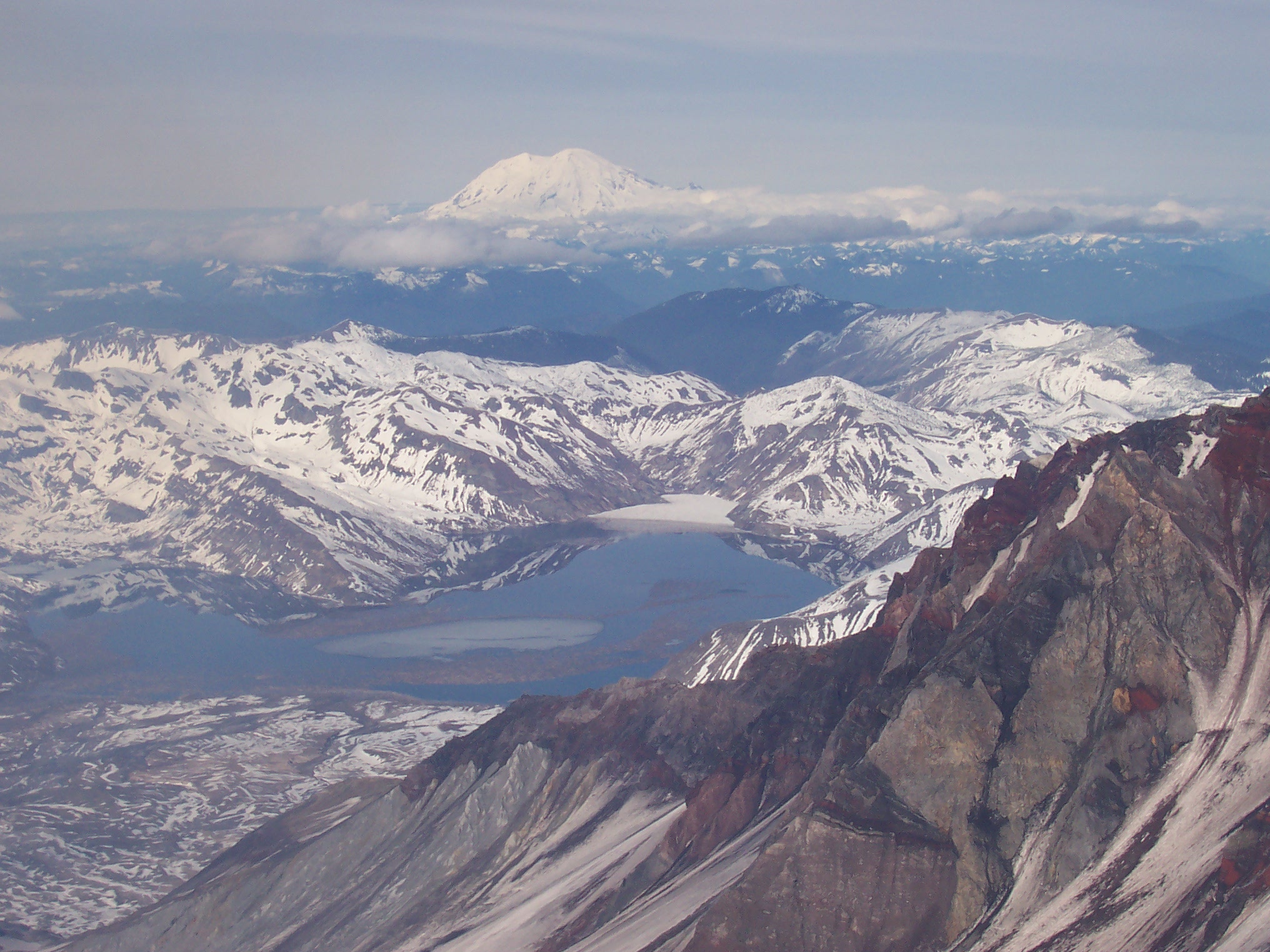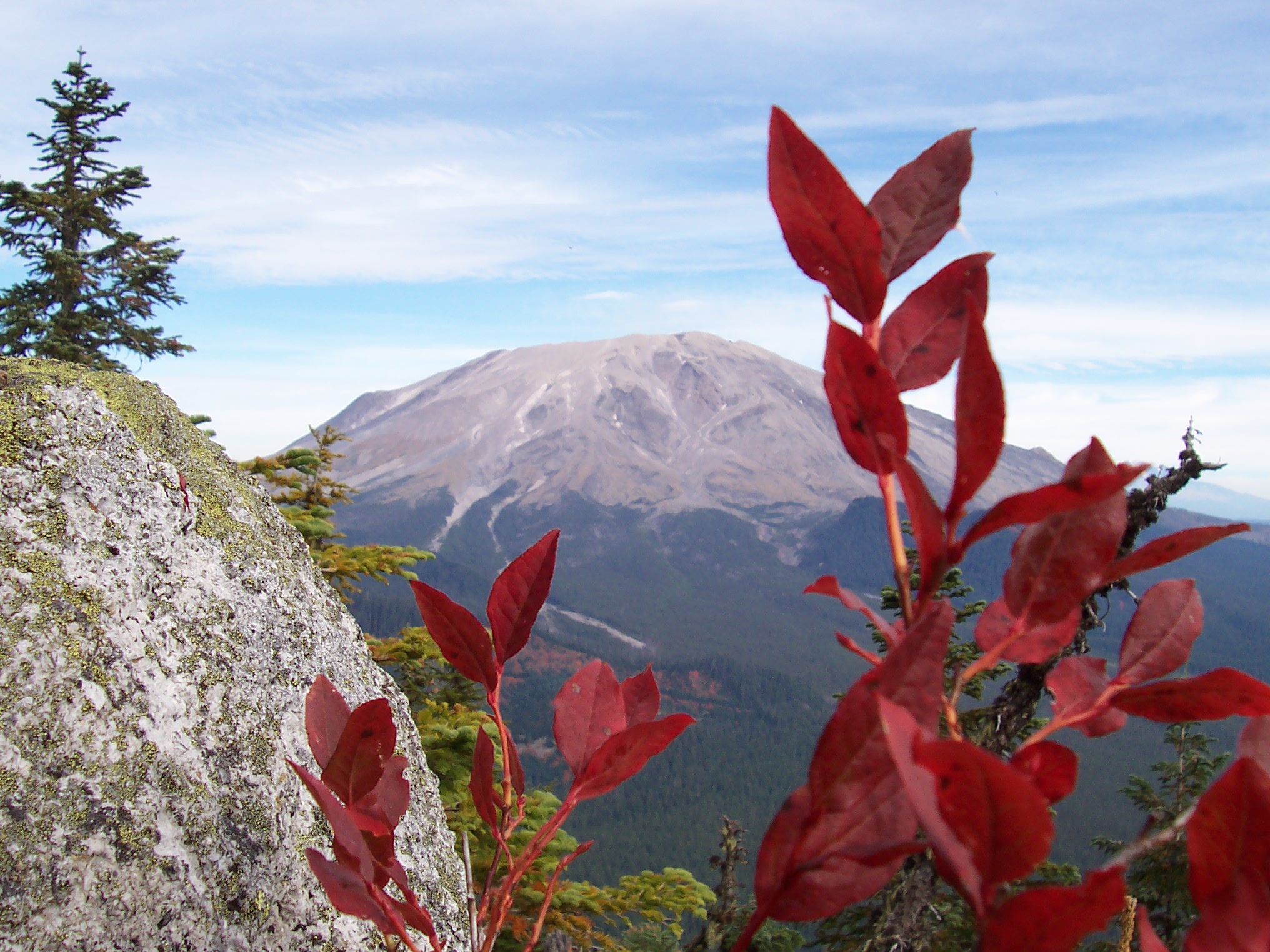Water is the wellspring of life. An abundance water leads to an abundance of plants. Abundance of plants leads to an abundance of animals. And an abundance of water, plants, and animals is an accurate description of our Columbia River’s estuaries. For thousands of years, the wetlands adjacent our local rivers have served as home to some of the most vibrant ecosystems that arise at the intersection of water and fertile soil. Just south of the Lewis River’s mouth, the Ridgefield National Wildlife Refuge protects one such wetland area.
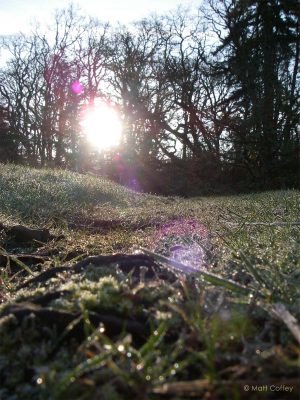
A new day’s sun brightening dewy grass.
Tranquil, enclosed, silent…..yet active. These words describe my impression of the Refuge during my brief times in its Carty Unit. The Refuge’s Carty Unit is separated from the main channel of the Columbia River by low, rocky, hummock-like hills. It is also separated from the remainder of the Refuge by Lake River. It is only accessible in two ways; via a foot trail from the south or by a difficult, tree clogged, paddle up Gee Creek from the north. These natural hill and water barriers protect this part of the Refuge from wind, waves, car noise, and crowds. What remains is placid water, trees, flowers, and bunches and bunches of birds.
I find myself amazed at the contrast between the Refuge and the outside. The difficult water access into the Carty Unit is akin to a long, difficult trail in the mountains, both result in solitude. Given the Refuge’s proximity to both the west coast’s largest river and also a dominating interstate freeway, I did not expect this solitude. Mornings spent watching birds about their business, the plants and trees reaching upwards, the glimpse of nature sans man. Simply put, the nature-by-itself experience occurs where man is not, an experience I have come to associate, and seek, in our nearby mountains. To find that same scene less than three air miles from Interstate 5 is a pleasant surprise. Further, the Carty Unit’s mix of rock, meadow, and deciduous tree is a noticeable change of pace from the usual evergreen and mountain vistas found in our Cascades. After a half lifetime of rambling the hills and forests of southwest Washington, I’ve come to take as a given the universality of tall evergreen forests, thick vegetation, and challenging hills. To find an enclave of leafy trees and low meadows was a pleasant surprise.
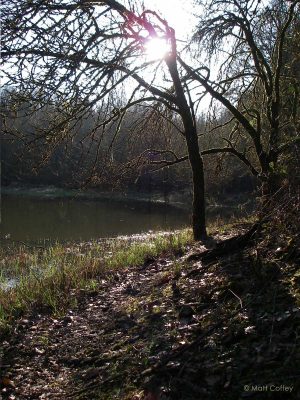
An oaks to wetlands excursion around a lake.
The Ridgefield National Wildlife Refuge finds its origin in the Great Alaskan Earthquake of 1964. That 9.2 magnitude quake, whose epicenter was 78 miles east of Anchorage, lifted the delta of Alaska’s Copper River six vertical feet, consequently disrupting the prime nesting habitat of the Dusky Canadian Goose. Though the Dusky Canadian Goose nested only along the Copper River delta, it also happens to spend its summers along the lower Columbia and Willamette Rivers’ wetlands. In 1965, the Ridgefield National Wildlife Refuge was created (along with the Ankeny, William L. Finley, and Baskett Slough Refuges in Oregon) to ensure that the Dusky Canadian Goose had new wintering areas after the loss of their Copper River winter habitat. Though the Refuge does see a high level of human visitation and also maintains infrastructure facilitating hiking and auto tours, its primary mission is to provide stable habitat for waterfowl.
The 5,218 acre Refuge is divided into five geographical units, stretching from just south of the North Fork Lewis River in the north to the end of Vancouver’s Lower River Road in the south. The Carty Unit, accessed from N. Main St. a quarter mile north of Ridgefield’s downtown, and the River S Unit, accessed off of S. 9the Avenue just south of Ridgefield, both offer walking trails and excellent opportunities to view waterfowl and other wildlife. The River S Unit also boasts a paved auto tour for those unable to reach viewing areas by foot. While the other three units (Bachelor Island, Roth, and Ridgeport Dairy) offer no official land access, all three can be viewed by boat, canoe, or kayak while paddling around the Refuge on Lake River or Bachelor Slough.
There really isn’t an excuse for not visiting the Refuge. The Carty Unit’s Oaks to Wetlands trail is open year-round. The parking fee there is a nominal $3 ($15 for an annual pass). The Oaks to Wetlands trail is a two-mile loop with numerous viewpoints and side trails to explore. Well maintained and lacking significant elevation gain, the trail is usable by walkers of all abilities. Topographically, the Carty Unit is a mesmerizing mix of wild-flower covered, low basalt lava hills, intermixed with small lakes and connecting streams. It is no exaggeration to say that birds are around every corner. Even the author’s lack of birding prowess still produced numerous sightings of geese, swans, cranes, robins, junkos, bald eagles, hawks, even the rare daytime owl, all in a two hour trip….(OK, it took two trips to catch the owl). The Carty unit’s northern waterways are also accessible by kayak via Gee Creek, a small creek that empties into the Columbia River immediately south of the mouth of the Lewis. This water route is difficult, at best, as numerous submerged logs and low-hanging downed trees allow passage only to highly skilled paddlers and only at very specific water levels.
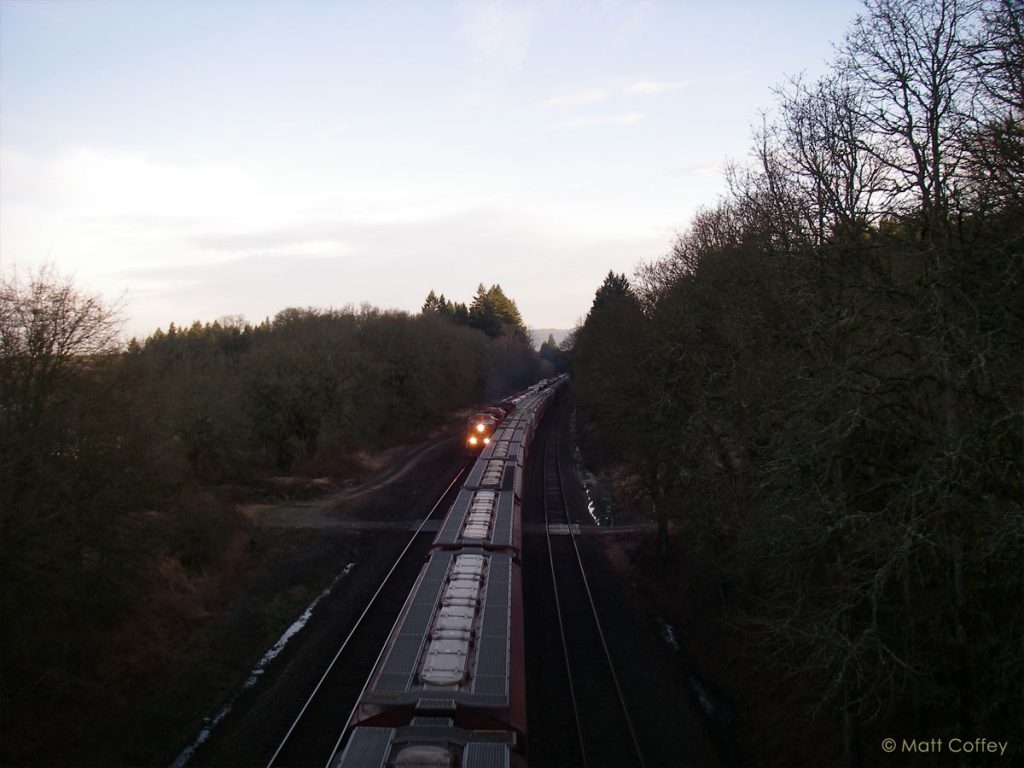
Trains moving east of the refuge.
While not as geographically diverse as the Carty Unit, The River S unit also provides the opportunity for immersion into the wetlands world. A 4.2 mile looped auto tour, circumnavigating Rest Lake, is open year-round and provides a quick glance at wildlife from the comfort of your car. The Kiwa hiking trail is a 1.5 mile, wheel-chair accessible, path that moves over and around a series of small lakes in the center of the Refuge. The Kiwa trail is open May 1 to September 30.
The Ridgefield National Wildlife Refuge showcases the biodiversity of the Pacific Northwest. A brief, or extensive, visit builds an appreciation of the rivers and wetlands that are an integral part of our home in southwest Washington. A visit to the Refuge is ideal Northwest experience, just a few miles from your front door.

